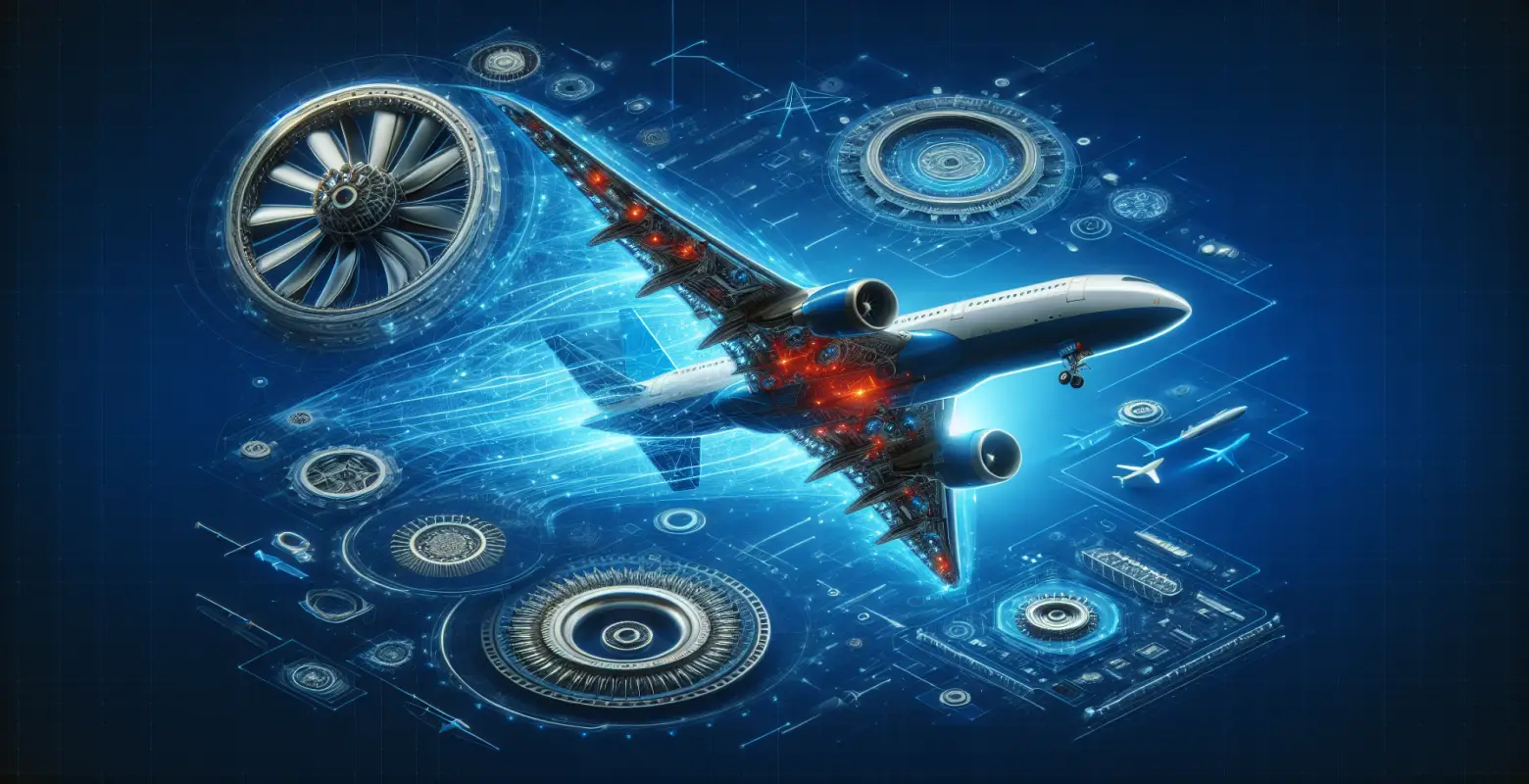The role of balloons in the development of aviation
Introduction
The role of balloons in the development of aviation is often underestimated when we talk about the history of conquering the skies. Although modern airplanes and helicopters have dominated the airspace, it was balloons that were the first machines to allow humans to lift off the ground. From the first balloon flight in the 18th century to modern applications in science and recreation, balloons have played a key role in exploring the atmosphere and advancing aviation technology. In this article, we will examine how balloons contributed to the development of aviation, their historical and technical significance, and what prospects they may have ahead.
Historical Beginnings of Balloons
Balloons began their history in 1783 when the Montgolfier brothers conducted the first successful hot air balloon flight in France. It was a milestone in the history of aviation that inspired many inventors and scientists to further experiments with atmospheric flights. Hot air balloons, in which the air was heated by an open flame, were the first aircraft that allowed humans to ascend into the skies.
The early balloon flights were experimental and often posed technical and logistical challenges. Nevertheless, they quickly gained popularity in Europe and later worldwide. Balloons became a symbol of a new era of exploration and initiated new research into aerodynamics and aviation technology.
Significance of Balloons in Atmospheric Research
Balloons played a crucial role in atmospheric research, enabling scientists to collect data from higher layers of the atmosphere. Starting from the late 19th century, meteorological balloons were used to measure temperature, humidity, pressure, and wind speed at various altitudes. This data was crucial for understanding meteorological processes and aiding weather forecasting.
Stratospheric balloons, capable of floating at altitudes above 30 kilometers, also played an important role in space research and monitoring climate changes. They facilitated astronomical observations and the study of the chemical composition of the stratosphere.
Technical Innovations and Development of Balloons
Over the years, balloon technology has undergone significant changes and improvements. Modern balloons can be filled with various gases, such as helium or hydrogen, which are lighter than air and allow for longer and more stable flights. Modern materials, such as polyester laminates and nylon, provide greater durability and resistance to atmospheric conditions.
Innovations in navigation and flight control allow for precise handling of balloons and their use for various purposes, such as advertising, tourism, and even scientific missions. Solar balloons, which utilize solar energy to heat the air, are examples of ecological solutions in this field.
Balloons in Military and Communication Context
Balloons have also been used for military and communication purposes. Already in the 19th century, they were used for battlefield observation and message transmission. During World War I, observation balloons played an important role in reconnaissance and artillery direction. Modern balloons can be equipped with advanced monitoring and communication systems, making them useful in military and rescue operations.
Stratospheric balloons are also used to extend the reach of telecommunication networks, especially in remote and hard-to-reach regions. Projects like Google Loon demonstrate how balloons can be used to provide internet access in places where ground infrastructure is inadequate.
Contemporary Applications and Future of Balloons
In today's world, balloons find wide application in various fields. From hot air balloon tourism offering unforgettable views and experiences to scientific research missions, balloons remain a significant element of aviation technology. Their unique properties, such as the ability to float at high altitudes and low operational costs, make them an attractive solution in many projects.
The future of balloons seems promising, especially in the context of space exploration and environmental monitoring. Balloons can be used for transporting payloads into space and for long-term monitoring of climate change and air pollution. Their potential in the scientific and commercial sectors is still being discovered and developed.
Summary
Balloons play an invaluable role in the history and development of aviation. From the first flights of the Montgolfier brothers to modern applications in science and communication, balloons have contributed to understanding the atmosphere and advancing aviation technology. Their versatility and adaptability to various uses make them an important element of contemporary research and technology. As new technologies and needs evolve, balloons will certainly continue to play a significant role in the exploration and protection of our planet.






Number of comments: 0